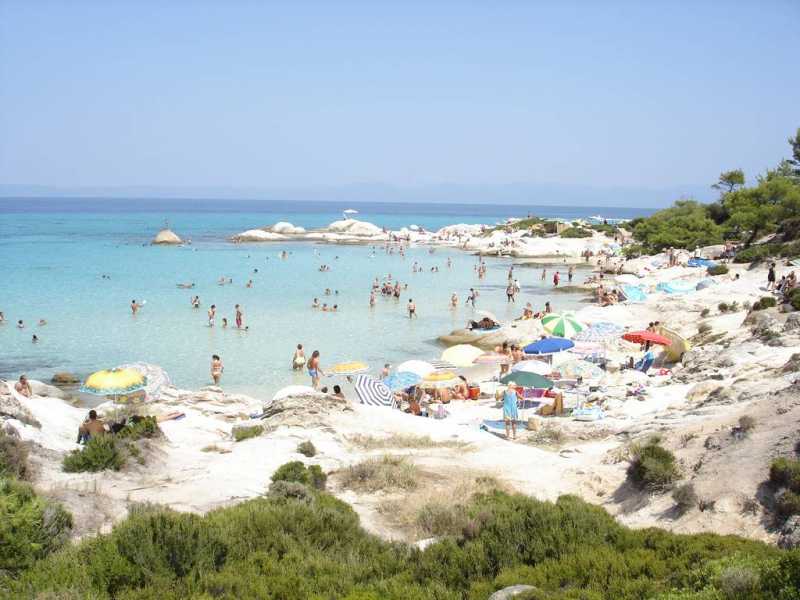According to Greek mythology the earthquake giant, Enceladus is buried in Kassandra, Sithonia owns its name to Sithonas, son of Poseidon, god of the sea, and Athos took its name by a Giant who threw this rock against the Gods Giant namesake, but also. The first cities in the region such as Mende, Toroni and Scioni were founded from settlers from Euboea, around the 8th century BC. The second colonization took place two centuries later with settlers who came from the island of Andros in the 6th century BC. Christianity comes in the first century AD and during the 10th century a number of monastery founders gather in Karyes founding the Monastery of Great Lavra and then the other 19 monasteries. Place of mystery, of hard exercise and spiritual orientation, Mount Athos was able to preserve all the precious treasures, to cultivate the Greek culture and assist in the rescue of national consciousness in difficult times for the nation. In the 14th century a large part of Halkidiki of the Serbian state, while before the enslavement to the Turks, Kassandra, was under the Venetians. In 1430 it was conquered by the Turks and in May 1821 rebels under the leadership of Emmanuel Pappas unsuccessfully. The desired freedom will come eventually in October 1912.
The region of Chalkidiki is situated in Macedonia, south to the region of Thessaloniki, and spans an area of 2.918 sq. km. and a total population of 109.587 inhabitants. The region comprises of three large peninsulas: Kassandra, Sithonia and Mount Athos. The capital city of the region is the city of Polygyros.
The most interesting landmark is the monastic community of Mount Athos but is open only to male pilgrims. Many coastal villages are known as summer resorts like such as at Yerakini, Neos Marmaras, Ouranoupolis, Nikiti, Psakoudia, Kallithea, Sani Resort and many more. Chalkidiki has been gradually developed to a tourist resort that gathers a great number of visitors every year.



 Kavourotripes Sithonia in Chalkidiki
Kavourotripes Sithonia in Chalkidiki Sarti beach in Chalkidiki
Sarti beach in Chalkidiki














 Kavourotripes Sithonia in Chalkidiki
Kavourotripes Sithonia in Chalkidiki Sarti beach in Chalkidiki
Sarti beach in Chalkidiki Air tickets
Air tickets





